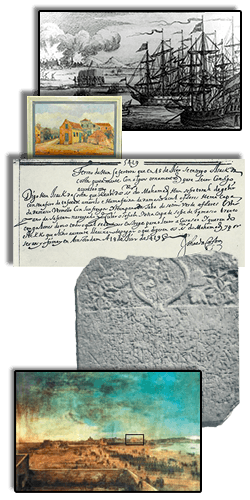Faith, refuge, and community on Curaçao, a safe haven and a crossroads of Jewish life in the Caribbean
For nearly four centuries, Curaçao has been home to one of the oldest Jewish communities in the Americas. Its story begins in the 1600s, when Spanish-Portuguese Jews — the Sephardim — arrived from Amsterdam under the Dutch West India Company. They first tried farming but soon turned to trade and shipping, helping make Curaçao a vital hub of Caribbean commerce.
In 1651, twelve Jewish families founded the Mikvé Israel congregation, and in 1732, they consecrated the synagogue still in use today — the oldest in the Western Hemisphere.
A new chapter began in the late 19th and early 20th centuries, when Ashkenazi Jews from Eastern Europe, along with Middle Eastern and North African Jews, found refuge on the island. They built new homes, new businesses, and in 1959 established the Shaarei Tsedek Synagogue, later rebuilding it in Mahaai in 2006.
Across centuries, Curaçao has remained a place of refuge and renewal — for Sephardim, Ashkenazim, and others seeking freedom and community. Many descendants still live on the island, while others have carried Curaçao’s legacy into the wider Jewish diaspora.
Today, Curaçao’s Jewish heritage endures through its living congregations, historic cemeteries, museums, and ongoing scholarship — a remarkable story of resilience and belonging that continues to inspire.










